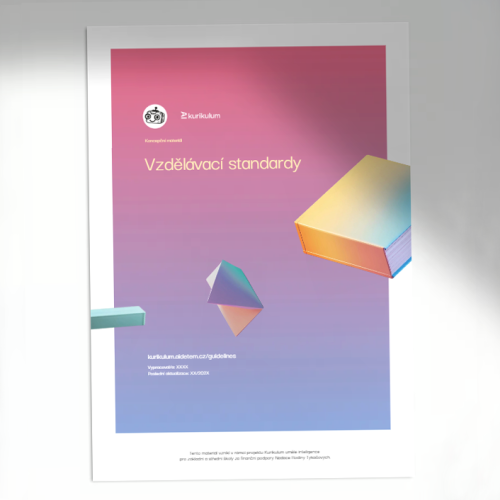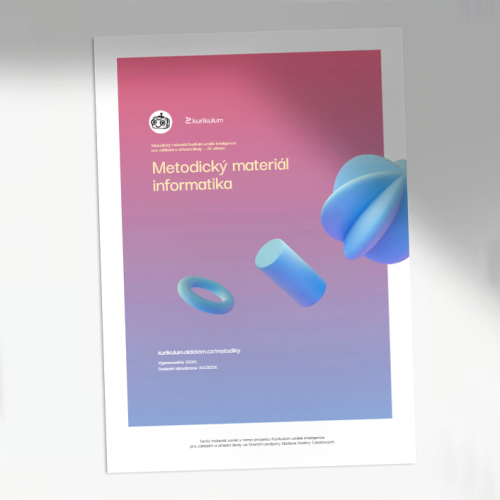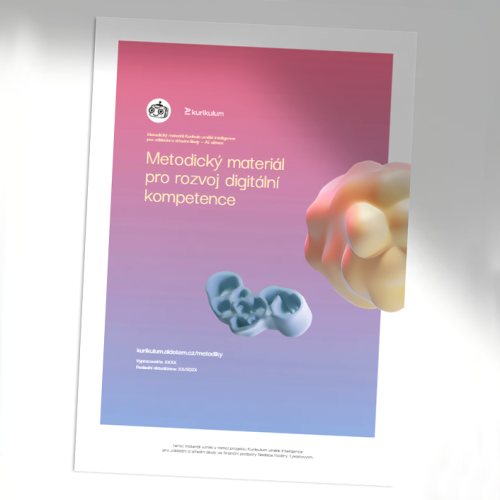AI Curriculum Framework
The AI Curriculum in a nutshell
The AI Curriculum for elementary and secondary schools is designed to provide a clear and structured approach to AI education, ensuring that both students and teachers can effectively engage with this rapidly evolving field. It offers constructivist-based teaching resources that support learning in computer science and digital competence, spanning from age 9 through secondary school. To facilitate a smooth learning journey, the curriculum also includes a visual roadmap, allowing teachers and students to track progress and build AI knowledge step by step.

Educational Standards
We developed our educational standards based on the frameworks of the Five Big Ideas from the AI4K12 initiative and Digital Competence 2023 published by the Czech National Pedagogical Institute.
AI in Computer Science
Artificial intelligence and machine learning open up new perspectives on how to develop computational thinking in schools. They offer a partial shift away from traditional programming toward more data-driven approaches. This method emphasizes experimenting with data, and its outcomes are based on probability.


AI in Computer Science
AI and machine learning are reshaping computational thinking in schools, shifting focus from traditional programming to data-driven approaches. This method emphasizes experimentation with data, where results are based on probability rather than fixed rules.

Digital Competence Development
Artificial intelligence has been transforming our reality for years, and understanding this technology is largely the key to making sense of today’s world—and even more so the world of tomorrow. It is important to develop students’ skills not only in how to use AI applications meaningfully, but also in how to consider its many dimensions, assess both its positive and negative impacts on society, and critically reflect on how this technology is used.
